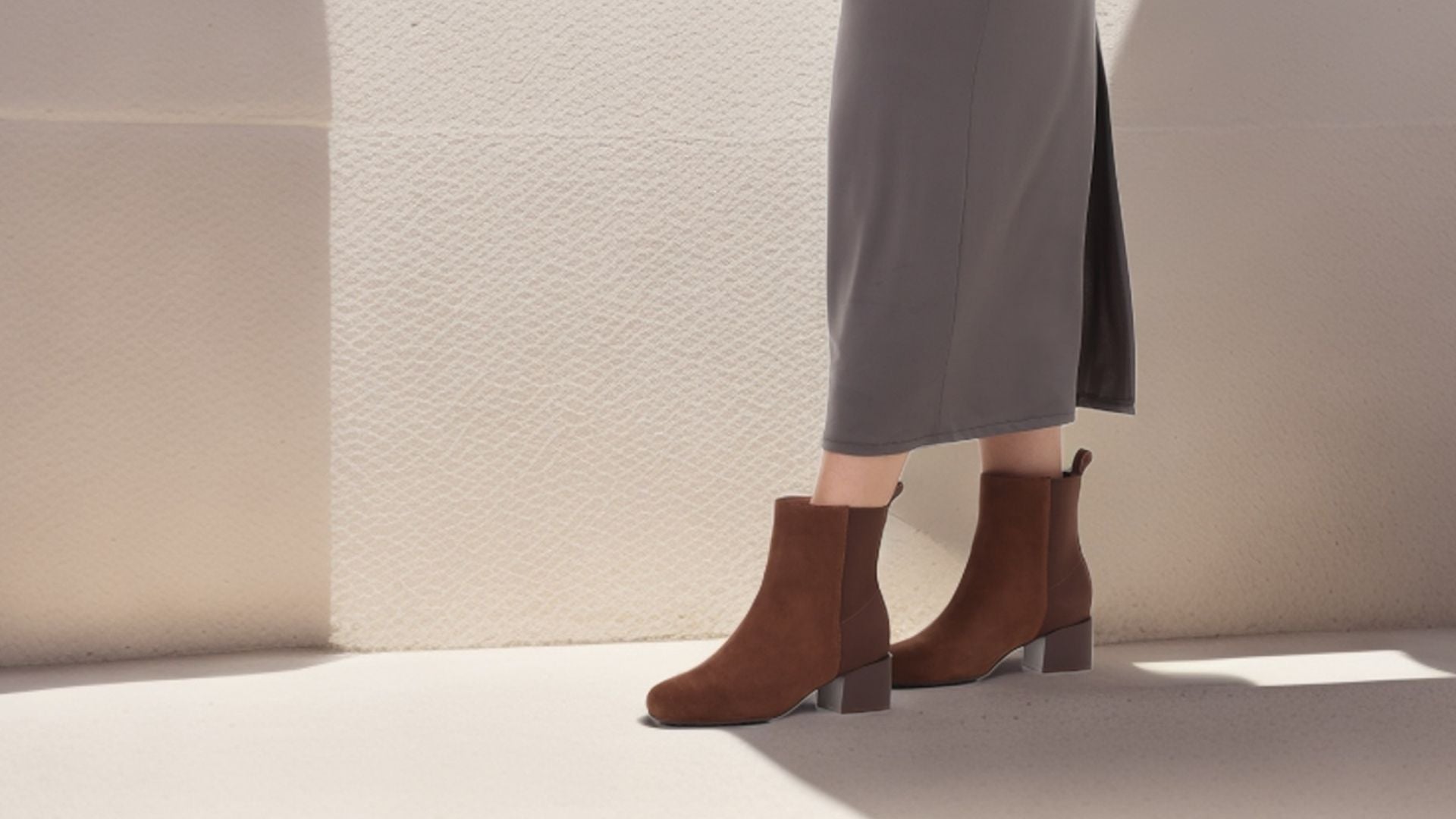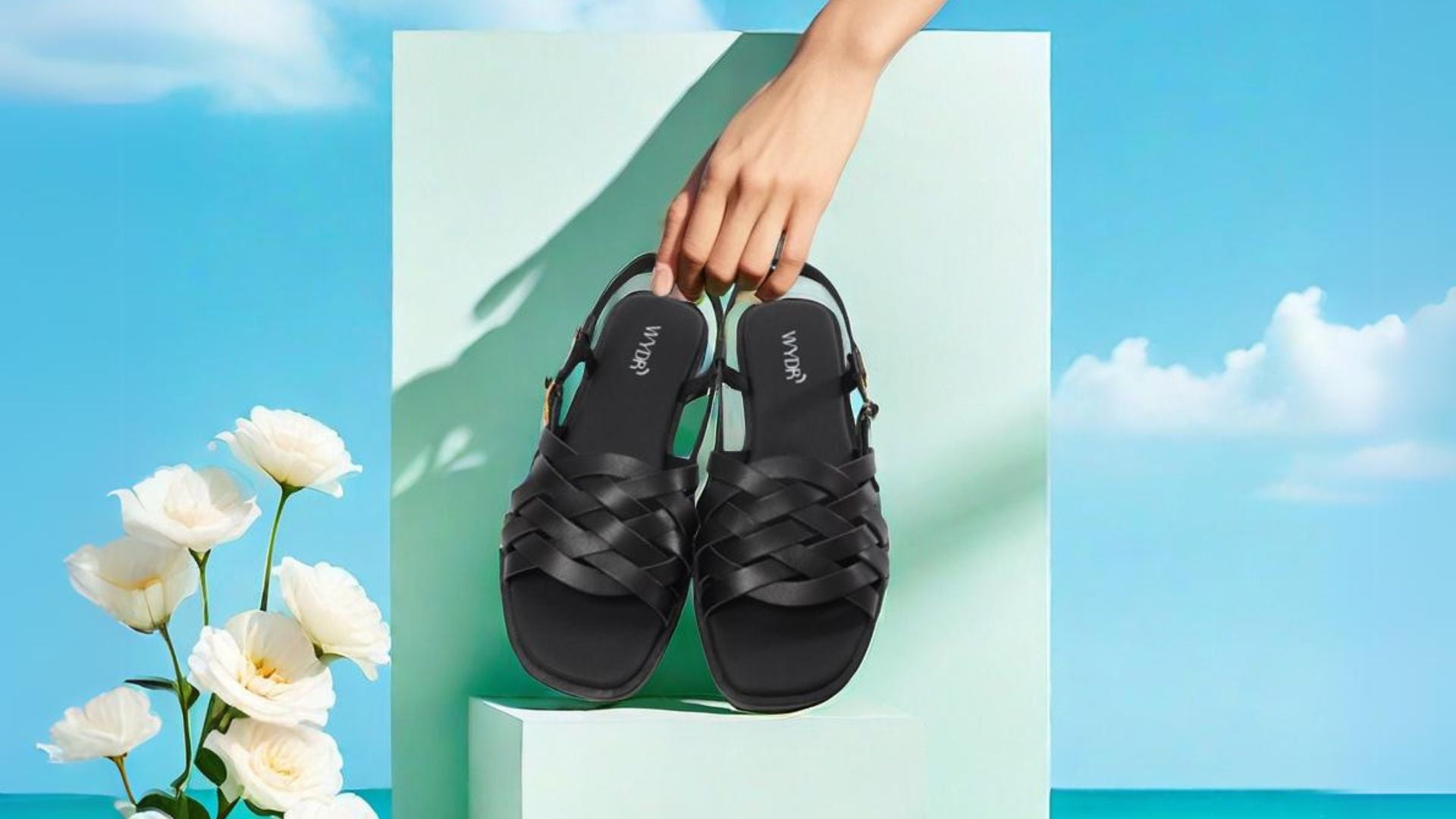Feet carry us everywhere, but we often overlook their comfort until aches scream for attention. Insoles can be the quick fix to this everyday oversight, offering a secret layer of comfort and support inside our shoes. This guide will walk you through everything about insoles; from what they are to the various types, including comfort, support, and those designed specifically for sports or work. We'll highlight their benefits like cushioning, arch support, and how they help with posture and shoe longevity. Whether you're dealing with foot ailments, spend long hours on your feet, or simply want more comfort, you'll learn how to pick the perfect pair for your needs.

What Exactly Are Insoles?
Insoles are removable pads that you put inside your shoes to make them more comfortable. They help your feet spread out your weight evenly which can make your shoes feel better and reduce foot pain when you're standing, walking, or running. You can get insoles in standard sizes and cut them to fit your shoes, or have them custom-made for a perfect fit. Made from materials like foam, gel, or leather, insoles are a straightforward way to improve your everyday comfort, no matter your activities or lifestyle.
What Are Different Types of Insoles?
- Comfort Insoles: These insoles provide additional padding and are typically made from materials like foam or soft rubber. They're ideal if you spend a lot of time walking or if you find your wide shoes too hard. Comfort insoles can relieve general foot fatigue and make your shoes feel more pleasant to wear.
- Support Insoles: Constructed with harder materials, support insoles are meant to stabilize the foot. They are beneficial for those who have jobs that involve standing all day or anyone who experiences foot pain after long periods on their feet. They often have structured designs that keep the foot properly aligned.
- Sport Insoles: These insoles are specially designed for physical activities. They usually have a combination of cushioning and stability features to protect the feet during high-impact sports, reduce muscle fatigue, and improve the fit of sports shoes.
- Gel Insoles: Filled with a gel substance, these insoles are great for shock absorption. They help minimize the impact on the feet while walking or running and can be particularly helpful for people with joint pain as they reduce the stress on the ankles, knees, and hips.
- Memory Foam Insoles: Made from heat-sensitive foam that conforms to the contours of your foot, memory foam insoles offer a personalized fit. This custom shape helps distribute foot pressure evenly, making them suitable for individuals looking for tailored comfort throughout the day.
- Arch Support Insoles: These insoles have a raised area that supports the arch of the foot. They can alleviate pain associated with conditions like flat feet, plantar fasciitis, or high arches by providing targeted support to the arch, thus improving foot and leg alignment.
-
Leather Insoles: Leather insoles combine a classic feel with durability. They tend to adapt to the shape of your foot over time, creating a customized fit. Leather is also naturally breathable, which can help manage moisture and odor in the shoe.

The Benefits of Using Insoles
Using insoles comes with a range of benefits that go beyond mere foot comfort, impacting your overall well-being and the longevity of your footwear.
- Improved Comfort and Cushioning: Insoles can transform an ordinary pair of shoes into a cozy haven for your feet. With extra cushioning, they help to soften each step you take, making even longer walks or standing periods more comfortable. This added layer reduces the hard impact you might feel on less forgiving surfaces.
- Enhanced Support for Arches: Arch support is crucial for maintaining good foot health. Insoles designed with arch support distribute pressure across your feet more evenly, which can alleviate pain and discomfort in the arch area. This is particularly beneficial for those with flat feet or high arches who require additional support in this region.
- Alignment Correction and Better Posture: Properly aligned feet are the foundation of good posture. Insoles can contribute to correcting foot alignment issues by providing the necessary support where it's needed. This, in turn, can improve your overall posture and gait, potentially reducing pain in other areas of the body caused by misalignment, such as the back or hips.
- Extended Shoe Life: By acting as a buffer between your feet and your shoes, insoles reduce the internal wear and tear of the shoe material. This means your favorite pair could last longer, saving you money and the hassle of frequent replacements.
- Shock Absorption and Reduced Stress on Joints: Every time your foot hits the ground, a shock is sent through your joints. Insoles with good shock absorption capabilities can dampen this effect, cutting down the stress placed on your ankles, knees, and hips. This is especially important for athletes or individuals with joint-related conditions.
Overall, insoles are an inexpensive investment in your daily comfort and health. Whether you're looking to relieve specific foot problems or simply enhance the feel of your shoes, there's an insole benefit that's a perfect match for your needs.
Who Should Consider Using Insoles?
Insoles aren't just for athletes or those with foot pain; they can be beneficial for a wide range of people.
- People with Foot Conditions: If you have Plantar Fasciitis, flat feet, or high arches, insoles can be a game-changer. They provide the specialized support that these conditions require, helping to manage pain and improve mobility. For example, arch support insoles can distribute pressure more evenly for those with flat feet, while those with high arches can find relief from the added cushioning that insoles offer.
- Individuals with Demanding Jobs: For those who spend most of their workday on their feet, like nurses, teachers, or factory workers, insoles can help reduce fatigue and discomfort. Standing or walking for prolonged periods can be taxing on your feet, but insoles offer an additional layer of support and can improve the fit and feel of safety or work shoes.
- Seniors Seeking Additional Support: As we age, the padding on the soles of our feet can thin, which may lead to increased foot pain. Seniors can benefit from the extra cushioning and support that insoles provide, making walking more comfortable and reducing the risk of falls.
- Anyone Looking for More Comfort: Even if you don't have specific foot issues or a physically demanding job, insoles can enhance the comfort of your everyday shoes. Whether it's adding a bit more cushion for your everyday walks or making those stylish but slightly too-hard dress shoes wearable all day, there's an insole that can address your needs.
Ultimately, insoles are for anyone interested in increasing the comfort of their footwear, promoting foot health, or addressing specific foot-related problems.

How to Choose the Perfect Insoles for Your Feet
Picking the right insoles can be as crucial as choosing a good pair of shoes. Follow these steps to find insoles that fit your feet and lifestyle perfectly:
- Check Where It Hurts:Start by pinpointing any sore spots on your feet. Is it the heel, the ball of the foot, or the arch? Identifying where you feel discomfort can guide you towards an insole with the right cushioning or support in those areas.
- Know Your Feet: Everyone's feet are unique, so take a look at your arches-are they flat, normal, or high? To determine your foot arch type, start by slightly wetting the bottom of your foot. Then, step onto a piece of cardboard or a paper bag and examine the footprint you leave behind. A complete imprint indicates flat arches. If there's a noticeable gap with a band less than half the width of your foot connecting the heel and toe area, you have a normal arch. For those with high arches, the print will show a very narrow band or even a disconnect between the heel and forefoot. This will determine the arch support you need.
- Also, observe your walking pattern, known as pronation. Do your feet roll inward, remain neutral, or roll outward when you walk? Understanding this will help you find insoles designed for your specific gait.
- Think About What You Do:Match your insole choice with your daily activities. If you're on your feet a lot, you might require insoles that provide extra shock absorption. For jobs that involve standing all day, supportive and cushioned insoles could prevent fatigue. Even for general use, there are insoles that offer comfort without altering the fit of casual shoes.
- Make Sure They Fit Your Shoes: An insole should fit into your shoe properly, without crowding your foot or making your shoe too tight. Many insoles come in different sizes and can be trimmed to fit. Remember, a good fit in the shoe means better support and comfort for your feet.
- Pick the Right Material: Insoles come in an array of materials, each offering different benefits. Foam provides cushioning, gel absorbs impact, and leather offers a firm but comfortable support. Consider which material feels best underfoot and is most suited to your needs.
By understanding where you need support, the unique aspects of your feet, how you'll use the insoles, ensuring they fit well, and selecting the appropriate material, you'll be well on your way to finding your perfect insole match.

Practical Tips for Using and Maintaining Insoles
Getting the most out of your insoles isn't just about choosing the right pair; it's also about using and looking after them properly. Here are some practical tips to ensure your insoles serve you well:
- Inserting Insoles Correctly: Make sure your insoles sit flat inside your shoes. Remove any existing insoles if needed to avoid crowding your feet. Slip the new insole in smoothly, aligning it with the interior of the shoe. If they're trim-to-fit, carefully cut along the size line that matches your shoe size for a custom fit.
- Cleaning and Care: Keep your insoles fresh by cleaning them regularly. For most insoles, wiping them down with a damp cloth and mild soap will do the trick. Let them air dry completely before putting them back in your shoes. Avoid exposing them to excessive heat, like a radiator or direct sunlight, as this can warp or shrink them.
- Knowing When to Replace Them: Pay attention to signs of wear and tear. If the insoles start to lose their shape, support, or cushioning, or if you begin to notice discomfort while wearing them, it's probably time for a new pair. Generally, replacing your insoles every six months to a year is a good rule of thumb, but this can vary based on your daily activity level.
Final Thoughts
Insoles can significantly improve your daily comfort and contribute to the health of your feet. It doesn't matter if you need extra support due to foot conditions, spend a lot of time standing, or simply want a cozier feel in your shoes-there's an insole designed for your needs. The key is to pick the right type for your foot shape and how you'll use them, ensure they fit well in your footwear, and keep them clean. When they begin to wear out, replace them to maintain the level of comfort and support they provide. Simple steps like these can keep your feet comfortable throughout your day-to-day activities.



